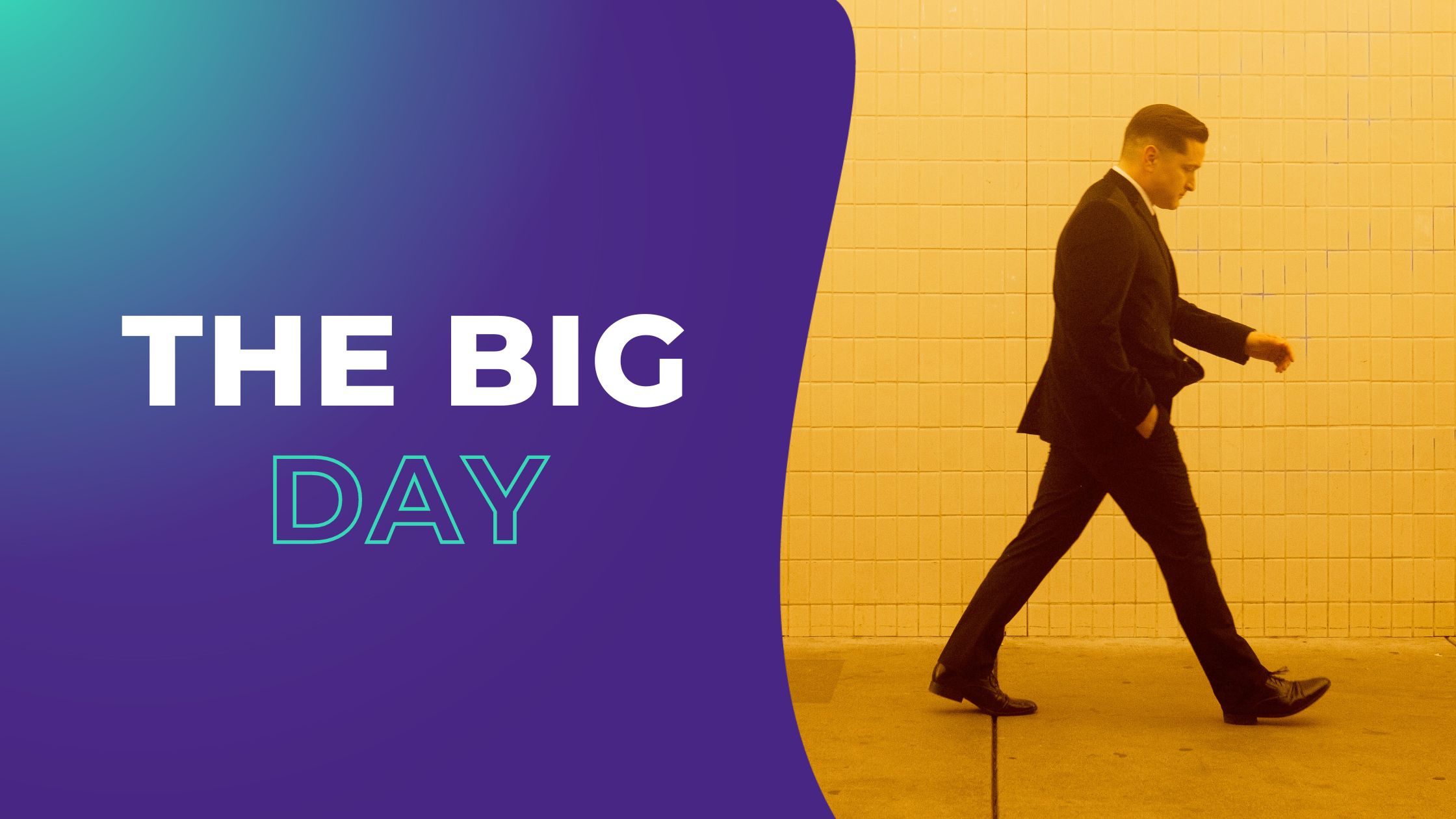What women want from brands
n the world of brands, the conversation around female empowerment and gender equality is louder and clearer than ever before. Still, 71% of women don’t feel heard. On top of this, only 22% of women believe that brands understand their issues and challenges today.

In the world of brands, the conversation around female empowerment and gender equality is louder and clearer than ever before. Still, 71% of women don’t feel heard. On top of this, only 22% of women believe that brands understand their issues and challenges today. This leads us to reflect on a pivotal question: How can we genuinely address female empowerment and gender equality?
We asked 1000 women in the UK and US for their opinions to get a better understanding. Here’s the gold we dug up…
Who’s leading the charge?
Names like Nike, Dove and Fenty have surfaced as frontrunners for American Pulsers, due to their initiatives and marketing strategies. Across the pond in the UK, Nike continues to lead the pack, alongside Body Shop and H&M.
That said, there’s still heated debate about whether these brands are really helping or simply putting on a marketing stunt.
Do campaigns on female empowerment make a real impact?
While 81% believe women’s empowerment campaigns can be influential, 19% doubt its impact.
Now let’s get real, what do women want from brands?
People expect brands to do more than just talk. They want to see real actions, like…
🚪Set aside marketing. It’s about equal pay and opportunities.
Nearly half of Pulsers (45%) urge brands to support fair compensation and equal chances for career growth, regardless of gender.
As one individual summed it up, “I don’t expect brands to do much more than market their products… though it would be nice if they would close the pay gap between men and women.”
🔦 None of that token stuff. Show us realistic representations.
22% of Brits demand brands to paint a more realistic picture of women in their marketing strategies. This also means highlighting the diverse experiences and perspectives of real women.
While 40% of Americans believe in the need for brands to celebrate inspiring female figures and shine a light on positive representation across the business.
“I expect them to have female representation in multiple levels throughout the company in front of and behind the camera.”
👛 Put an end to the pink tax.
22% of Brits are asking brands to make female-essential products cheaper and easier to get, especially for those who can’t afford them otherwise. This means lowering prices and helping people get the basics they need.
“Fair pricing for female-targeted products.”
Similarly, 10% of Americans have expressed concerns about economic equality and expect brands to price products aimed at women fairly.
“Lowering their prices to make it equal with men’s products! I understand there has been a pink tax and that is so wrong!”
📚Empower and Educate.
But it’s not just about pricing. 11% of Brits want brands to empower and educate girls and women through training, awareness, and confidence-building programs.
“Empowerment includes training, awareness, self-confidence building.”
Meanwhile, 25% of Americans wish to see brands actively supporting female-focused causes through direct financial support, championing rights, or partnering with relevant charitable organisations.
“If they donate, they donate to female benefiting charities. They champion successful females in their ads.”
Closing the gap…
Women are clear in their message: they want brands to do more than just empowering ads. They’re calling for meaningful actions—fair pay, authentic representation, dismantling the pink tax, and initiatives that truly empower women.
Looking to understand how your initiatives resonate across diverse audiences?
Our research tool connects you with a global audience, with over 65 demographics. Reach out to unlock immediate, actionable insights into what see what consumers are really thinking.
Related posts








